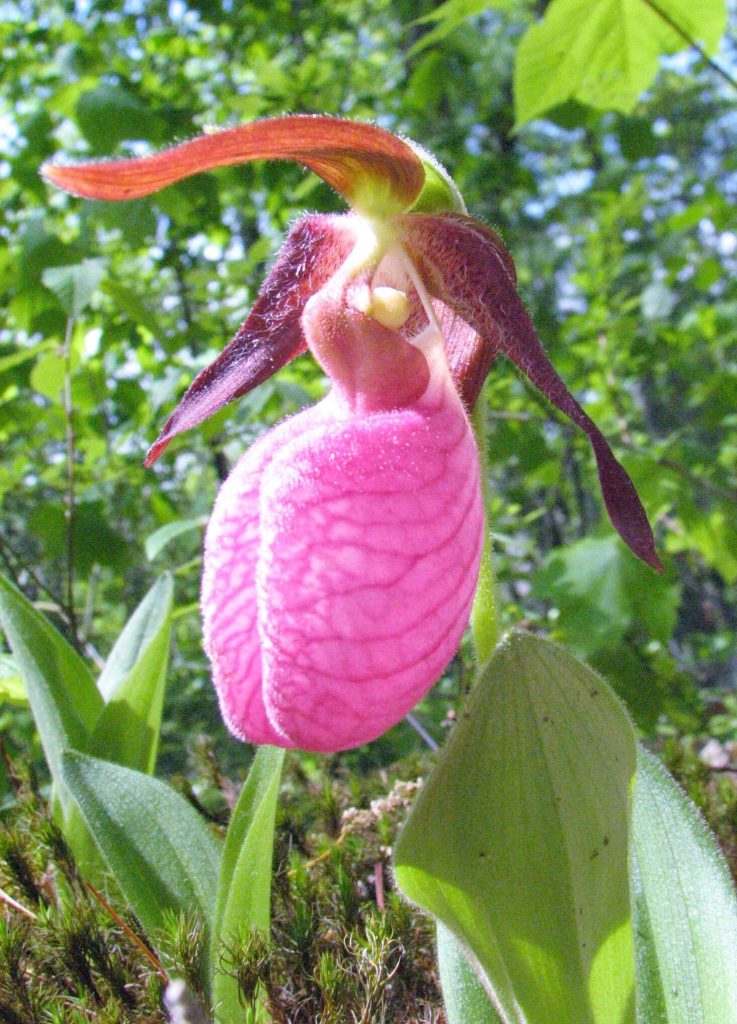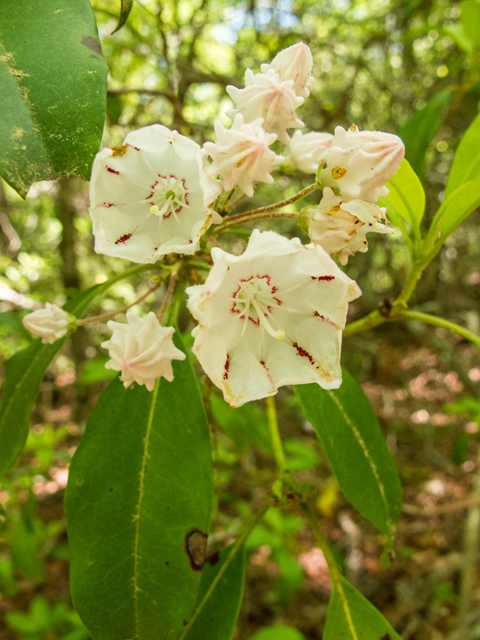Next week kicks off National Wildflower Week. Always the first full week of May, National Wildflower Week commemorates the colorful blossoms that bring our landscapes to life. Whether they are on mountainsides, pastures or our own back yards, wildflowers create habitat, help conserve water and reduce erosion.

The month of May is a very exciting time of transition in the plant kingdom. Look around and you’ll see black cherry trees, sassafras, and red oaks flowering. Trees leaf out during the first half of May in most of Pennsylvania, often prompted by a good rain that follows warm days. Wind pollinated tree species produce pollen either just before or during leaf-out, so that the pollen is blown to the flowers without interference from the leaves. As the trees leaf-out, the ephemeral woodland wildflowers begin to wane. Late-spring woodland wildflowers blooming now include mayapples, trillium, and yellow and pink lady’s slippers. As they bloom, peak, and wane all around us, it’s hard not to go a little “wild” about wildflowers!
Lady Bird Johnson once said “native plants give us a sense of where we are in this great land of ours.” The former first lady had a passion for native plants and the value they serve in restoring and creating sustainable, beautiful landscapes.

(Kalmia latifolia)
One native wildflower that is sure to let you know you’re at home in Pennsylvania, is our state flower, the Mountain Laurel. Mountain Laurel (Kalmia latifolia) was adopted as the official state flower in 1933. This broadleaf evergreen is usually a 12-20 ft. shrub, but is occasionally taller and single-trunked, attaining small tree stature. Each spring and early summer, the woods and mountainsides of Pennsylvania come alive, as mountain laurel clusters of delicate blooms open in umbrella-like fashion in red, pink or white.
Fun Fact: Native American people fashioned spoons out of the bark of the mountain laurel, which they referred to as “spoonwood.”
For more information on Pennsylvania native wildflowers, visit the Lady Bird Johnson Wild Flower Center.

